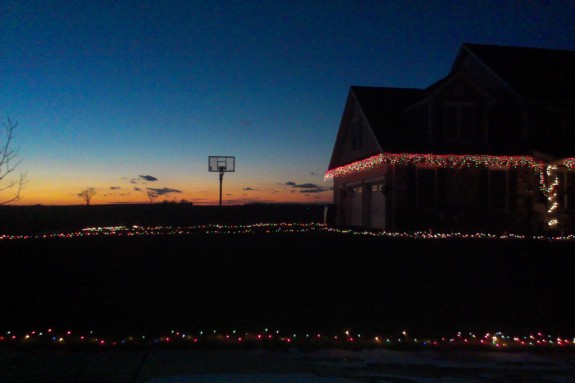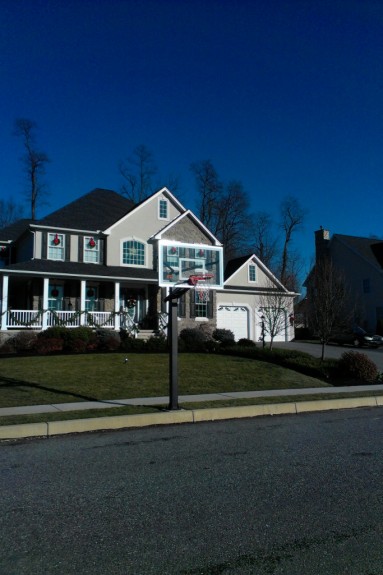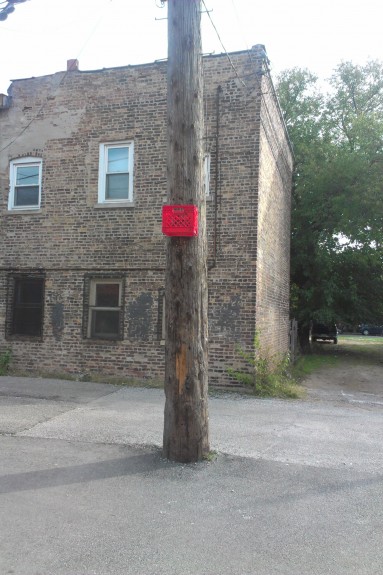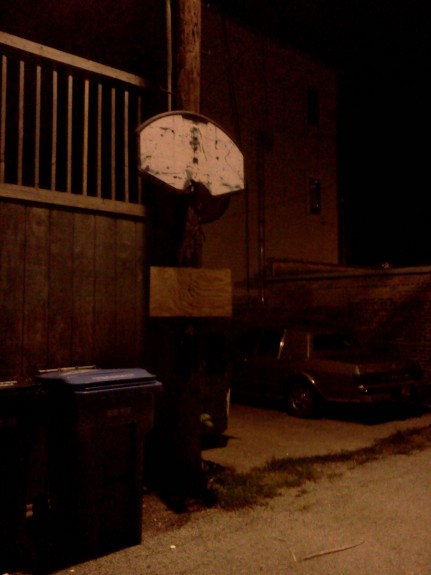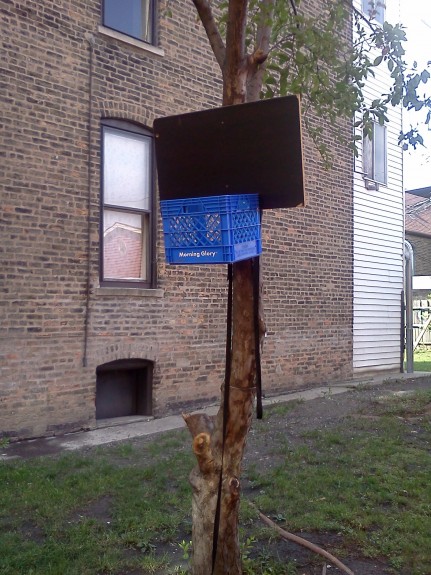As I’ve been thinking about ad-hoc basketball hoops in my Chicago neighborhood, one of the frames for these devices is that of the creation and loss of public space for youth. This year there’s been a ton of media coverage about how youth engage with the Internet and social media, much of it problematizing a perceived overuse of such media, or a preference toward shallower, digital interactions over face-to-face ones. In Clive Thompson’s write-up of research from danah boyd‘s forthcoming book, It’s Complicated: The Social Lives of Networked Teens, Thompson draws a clear line between the loss of public spaces and social opportunities for youth and their migration online:
It’s true. As a teenager in the early ’80s I could roam pretty widely with my friends, as long as we were back by dark. But over the next three decades, the media began delivering a metronomic diet of horrifying but rare child-abduction stories, and parents shortened the leash on their kids. Politicians warned of incipient waves of youth wilding and superpredators (neither of which emerged). Municipalities crafted anti-loitering laws and curfews to keep young people from congregating alone. New neighborhoods had fewer public spaces. Crime rates plummeted, but moral panic soared. Meanwhile, increased competition to get into college meant well-off parents began heavily scheduling their kids’ after-school lives.
The result, Boyd discovered, is that today’s teens have neither the time nor the freedom to hang out. So their avid migration to social media is a rational response to a crazy situation. They’d rather socialize F2F, so long as it’s unstructured and away from grown-ups.
Ad-hoc basketball hoops are interesting in the context of a trend towards digital social migration because, like online communities, they’re self-organized, ephemeral, and somewhat outside adult spheres. But, they exist in physical, hyperlocal space. Furthermore, they’re not mediated by commercial platforms and the conflict between creating a commons and finding ways to exploit that commons to maximize profit.
